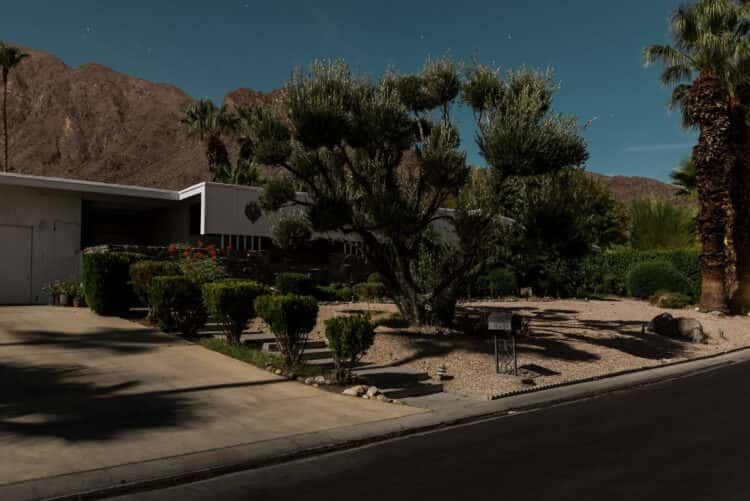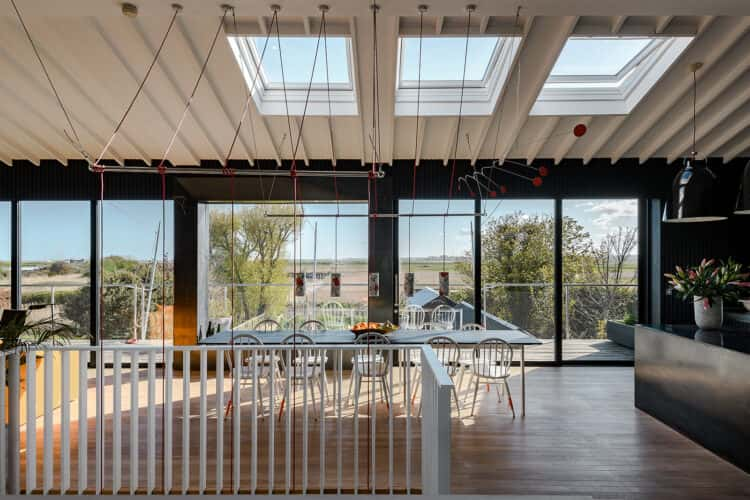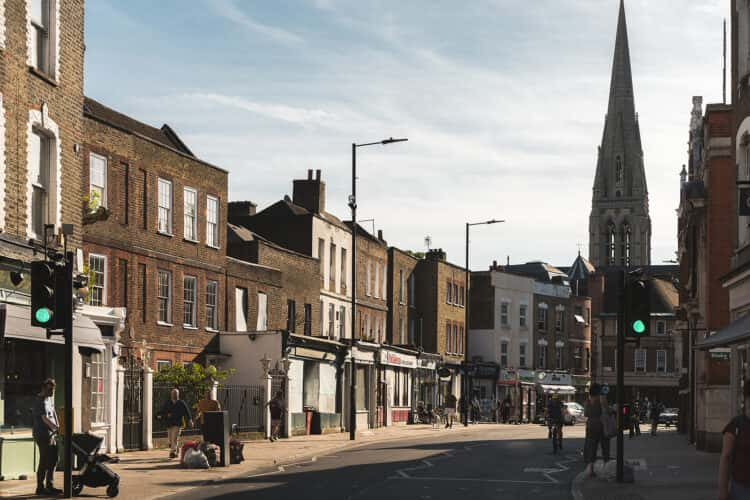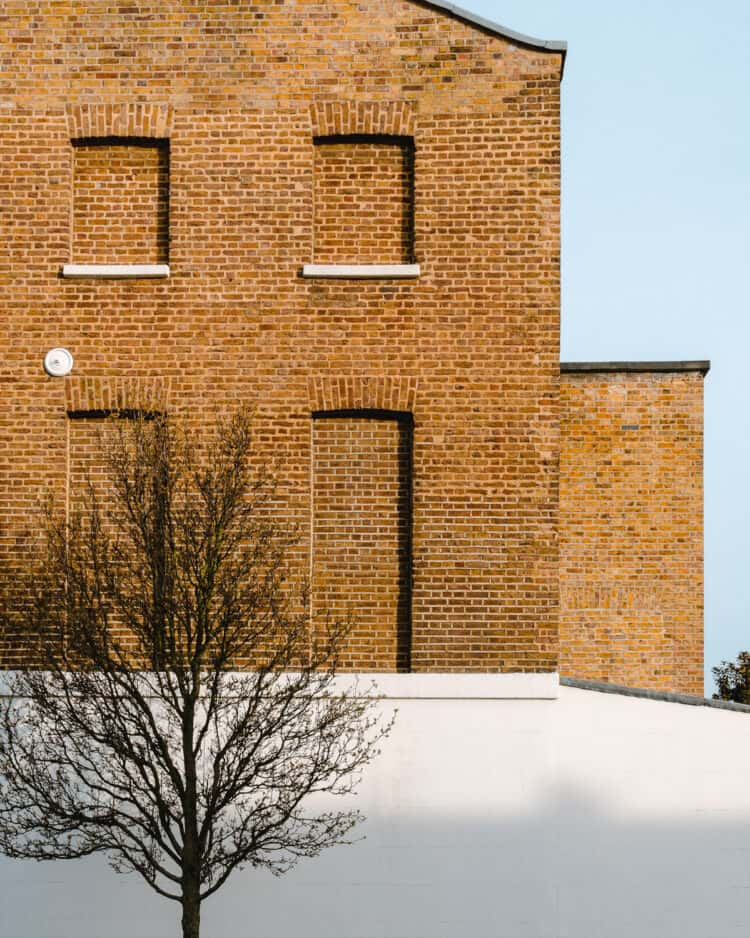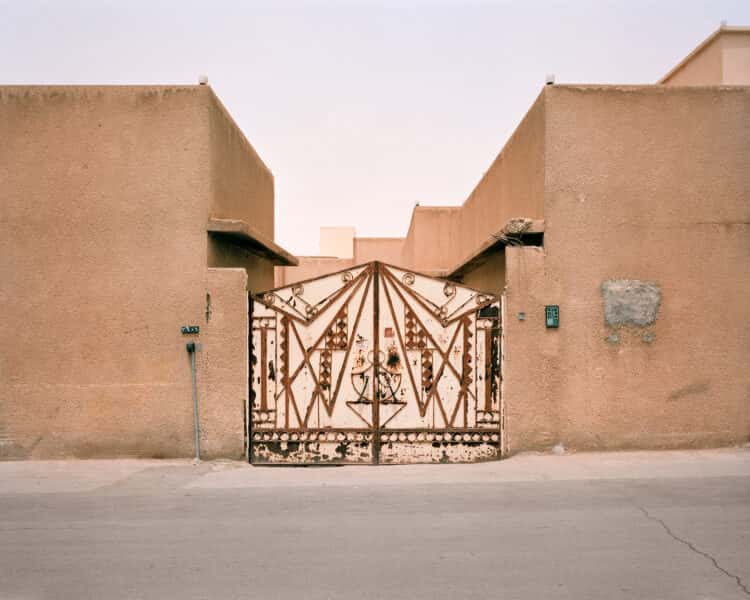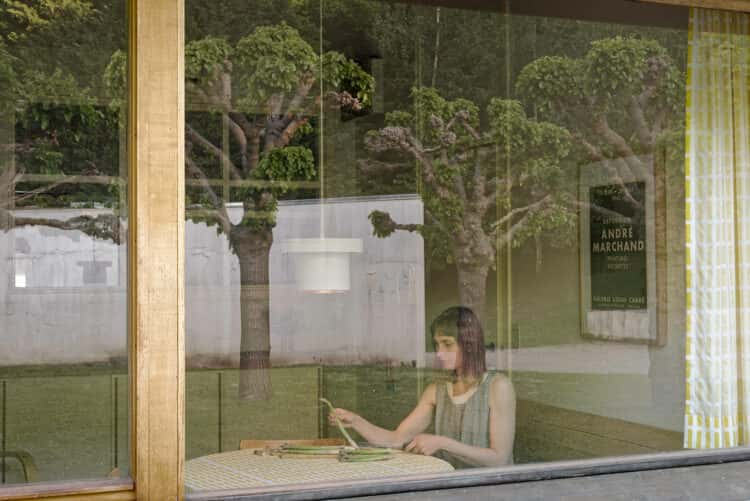Tom Blachford on the utopian and dystopian potential of architecture
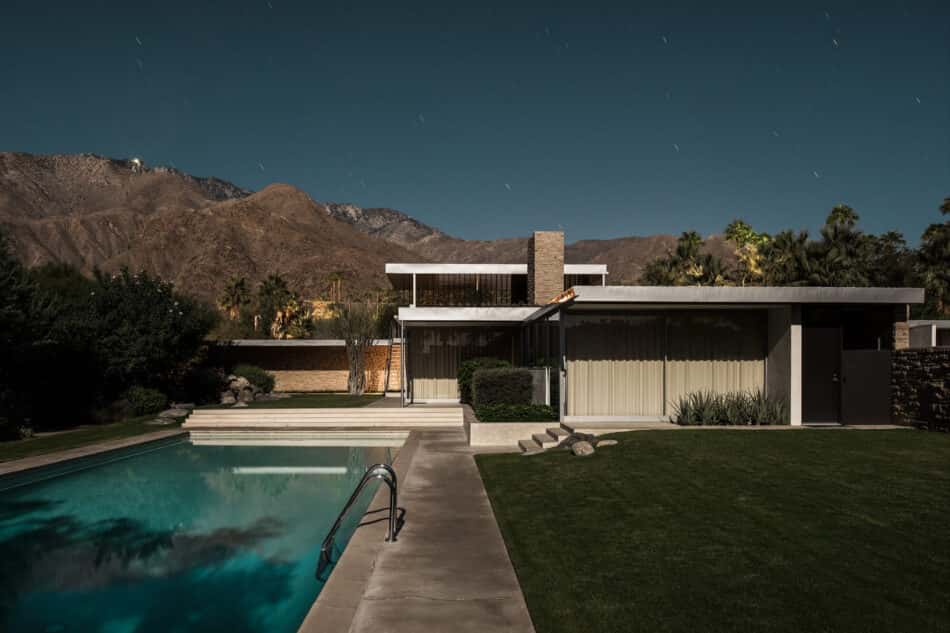
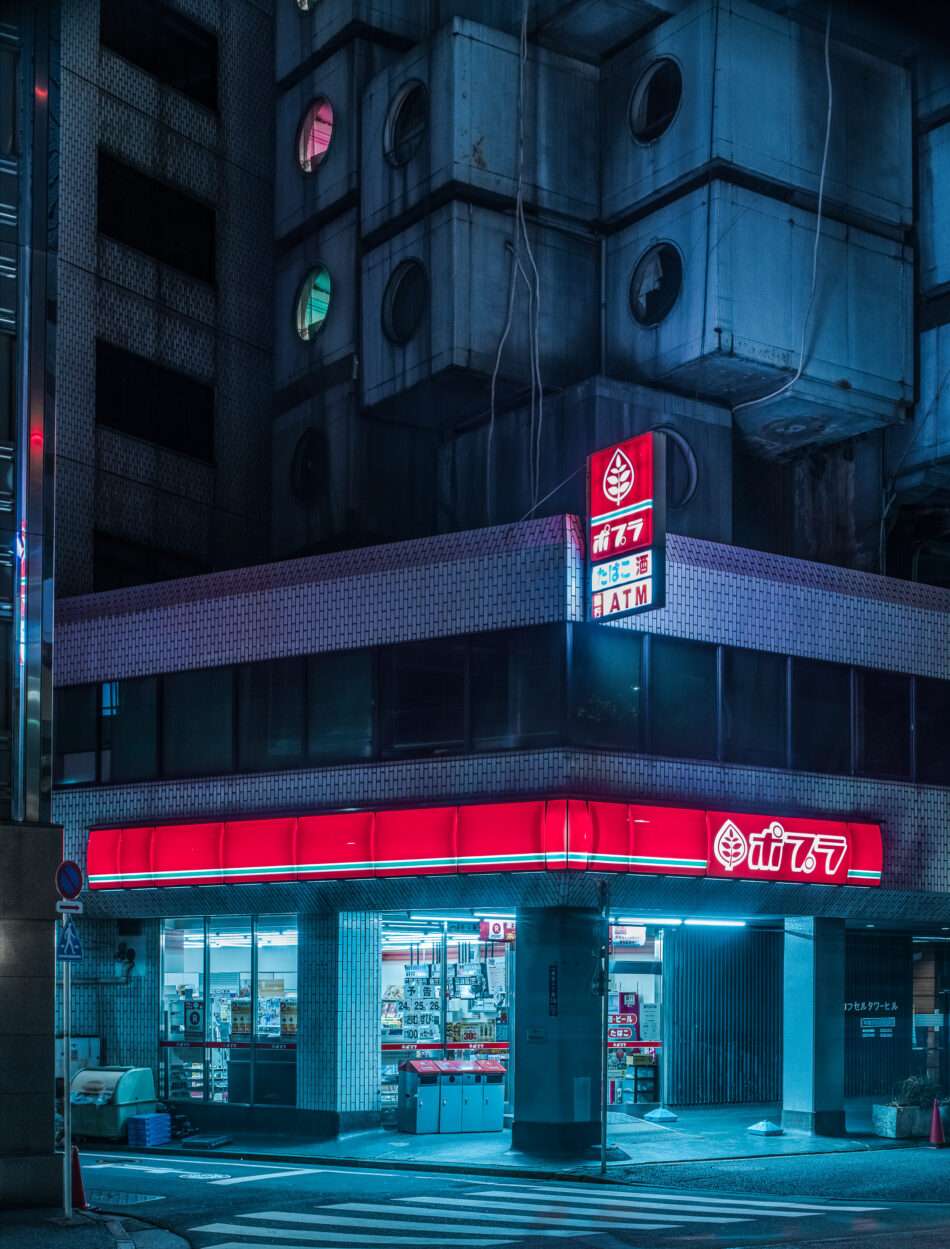
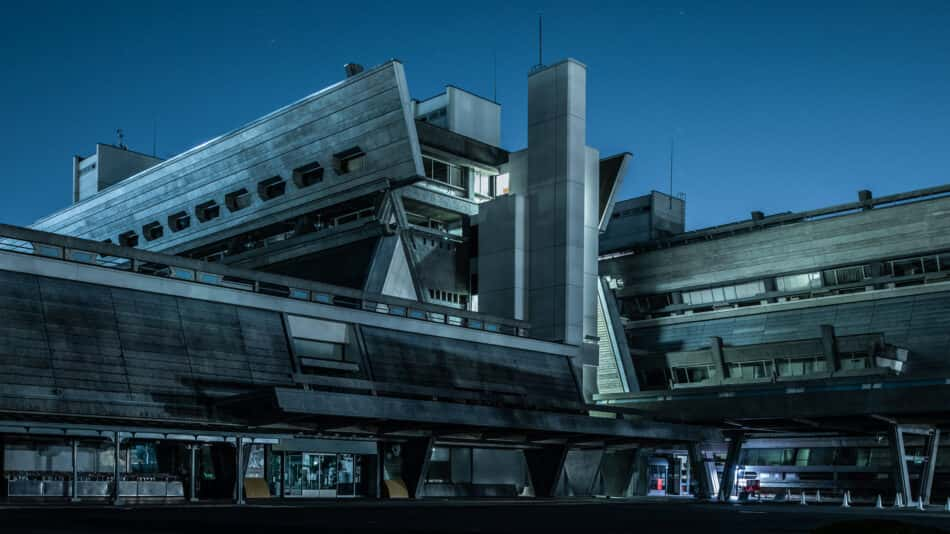
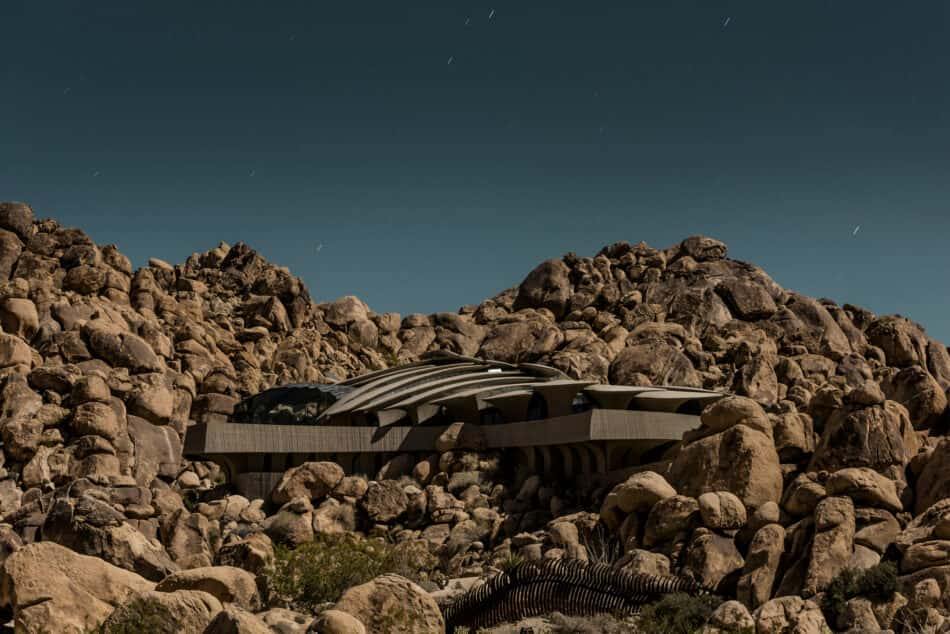


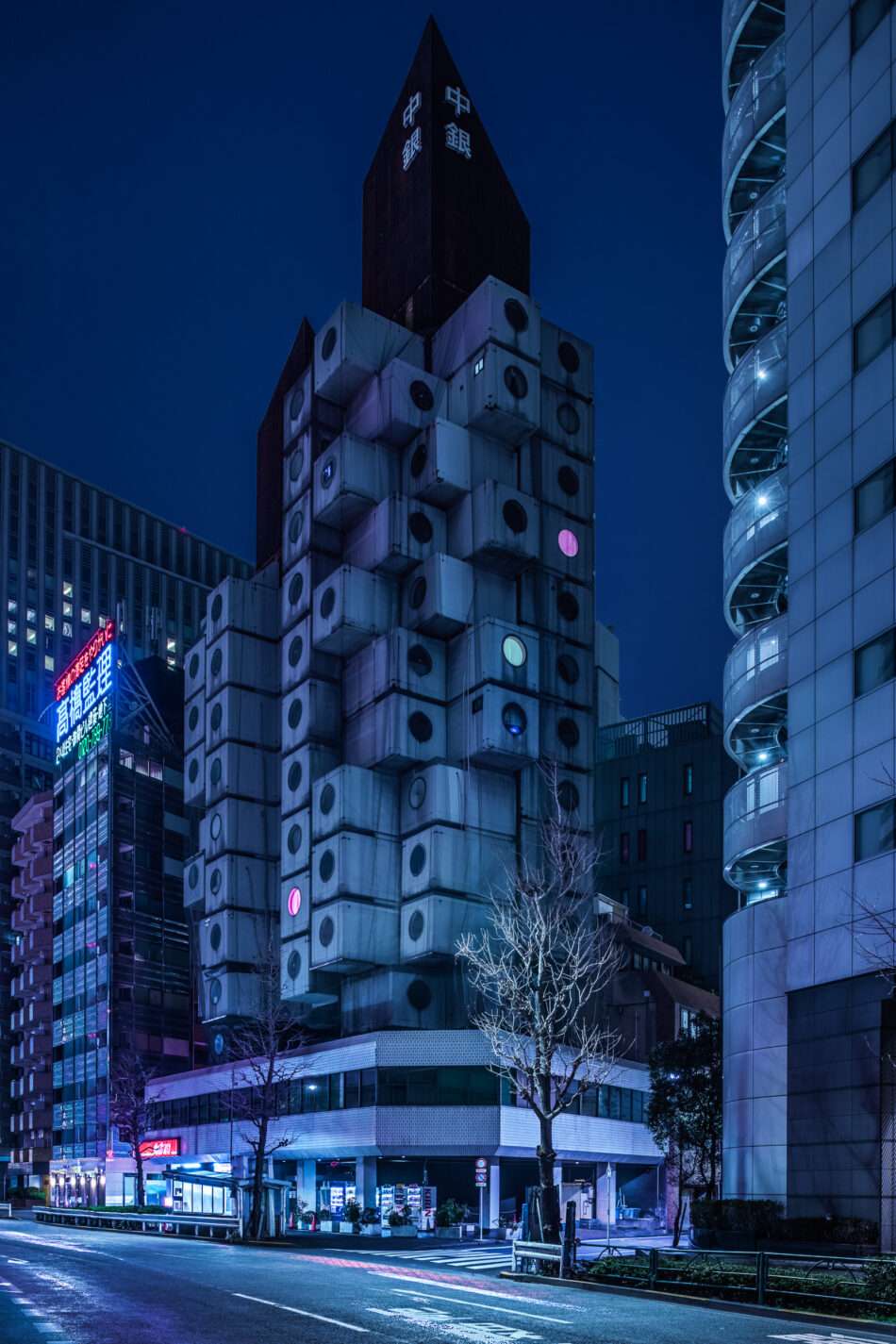
As part of our collaboration with British Journal of Photography, Tom Blachford unravels the processes behind his cinematic aesthetic.
Blachford’s first love happened by chance. Cruising through the Twin Palms neighbourhood of Palm Springs at sunset, he spotted a modest butterfly roof, framed within a street lined with vintage cars. “I felt like I had fallen through a time warp,” he remembers. “That feeling became a goal for much of my work; to create a sense of confusion, not so much of ‘where’ things are but ‘when’ things are.”
Whether shooting in Palm Springs, Los Angeles, Tokyo, or his home city of Melbourne, Blachford aims to transport well-known structures out of the temporal space and into a reality where they are able to exist in the past, present and future. Here, Blachford shares his unique approach to lighting and discusses the utopian and dystopian intentions behind his work.
What are the roots of your interest in architecture?
I’m still unpacking this myself. I didn’t grow up in a house with architects or take any particular notice of buildings growing up. Palm Springs certainly had a lot to do with it, particularly my third trip there in 2014, when I started interacting with the local modernist community. They introduced me to the possibilities of house design and how it can enhance your life. I’ve also worked commercially with architects for 10 years, and have enjoyed getting to know their way of seeing the world. It’s a discipline that combines both hemispheres of the brain – art and design plus engineering – in the most wonderful way.
How do you initially approach a structure?
Before I travel to a city I usually make a map of everything I want to shoot. I do as much scouting as I can on Apple Maps and Google Earth, which allows a 3D fly-around. That gives me a rough idea of where to start, but often I’m totally off – a single street lamp could kill a composition for me.
Do you consider your images utopian or dystopian?
This is something I want to explore with my images. Ideally I’d love them to teeter between the two. My aim is to take well-known pieces of architecture and try and transport them into a space where they exist in the past, present and future all at once. My series ‘Nihon Noir’ helped me to explore this. I was photographing buildings between 50 and 70 years old, but finding myself able to cast them as structures of the far future.
I’m also interested in how buildings were intended to be built, and how they turned out. Many of the buildings in ‘Nihon Noir’ were from the Metabolism movement, ambitious in both engineering and function. But in reality, most of the structures never achieved their purpose. The Nakagin Capsule Tower (1970) by Kisho Kurokawa was designed with interchangeable pods that could be moved and replaced. In reality, nothing was ever replaced. Today, it sits in a crippled limbo between life and death. Its water supply has been cut off for nearly 10 years, mushrooms grow in its hallways, and many capsules are filled with mould. I’m fascinated by this tragic fall, and I try to depict that journey in my series, while still capturing some of its lofty goals.
How do you work with and manipulate light?
My relationship with light is one of curation, not creation. I’ve never lit any of the images from my fine art series. Instead, I’ve learned to hunt for lighting phenomena that can yield the cinematic results I’m seeking. I hunt for street lamps, or trees which I can push out of the frame, to take advantage of their intense shadows without flare.
In the process of making ‘Midnight Modern’, I became an expert on the behaviour of the moon: what time it would rise every day, and the perfect angles for it to backlight a scene so that it was just out of frame. The moon constantly surprised me. The winter moon jets high in the sky like the summer sun, but the summer moon skips meekly across the horizon, just like the winter sun. The Sun Seeker and Moon Seeker apps are my best friends.
How do you feel man-made structures influence the way we experience the world?
The built environment has a huge influence on our world, both positive and negative. As with most things in the world, design can create a utopia or dystopia. Architecture is the art in which we live and roam – it can oppress us and make your life feel monotonous, or it can be sublime and take your breath away.
Discover more at tomblachford.com
